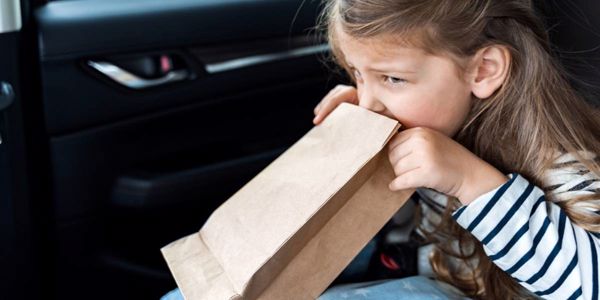We all know accidents happen and they can be quite frequent when travelling by car. That's why we take out insurance to pay for any damage and wear seatbelts to protect us. It is also the reason why we buy car seats to protect the youngest members of our family. However, it’s not only traffic accidents that can cause problems when travelling by car.
Are car seats safe for my baby?
When designing a car seat, the priority has to be the safety of the seat's occupant. Whether the impact comes from behind, from the side or from the front, the forces involved are high. And car seats are designed to give the best protection from those impacts.
However, there is another aspect to travelling with tiny babies. Tiny babies do not have enough strength in their neck muscles to hold up their heads against gravity. Look how careful we all are with a newborn, carefully supporting the baby's neck. They need to lie flat. It is very easy for the airway, which is smaller than a straw, to get squashed, restricting how much air gets into the lungs and how much oxygen gets to the brain.
In many car seats, a baby is in more of a sitting position, with little to prevent the head from flopping forward. There has been a couple of research projects which have measured the blood oxygen levels of babies sitting in car seats. And in some cases, this fell to worryingly low levels.
To what extent we should be worried is not clear. A short period of low oxygenated blood probably has little effect. We know that babies who are starved of oxygen during birth can have severe disabilities. We suspect there is a link between low oxygen levels in the uterus before birth with conditions such as
ADHD and low IQ. However, we know little about the effect of episodes of low oxygen in the blood on newborns.
What precautions should parents take when using a car seat?
Is important that, especially while the baby is small, the baby is not left in a car seat for longer than is necessary. The smaller the baby, the more vulnerable they are and the less time they should spend in a car seat. It is usually recommended that we shouldn't travel with a baby in a car seat for at least the first two weeks or so after birth, longer if the baby was premature. Difficult as it can be, don’t take long journeys to visit grandparents at this time. Persuade them to visit you.
Even after two weeks, we still need to consider the baby's well-being. This means taking frequent breaks and taking the baby out of the seat and avoiding long journeys. How long is too long? Much will depend on how your baby is developing (and err on the side of caution) and the car seat. Some positions leave babies in a flatter position than others. There are some lie flat car seats and carrycots which can be fastened in the car but these can take up a lot of room on the back seat which may be difficult if you have other children and they don’t fit all cars.
If you simply have to make that long journey, make sure the seat is in the flattest position it can be. Stop frequently (every 1 to 2 hours) and take the baby out of the seat for a few minutes. Keep an eye on the position of their head and make sure they can breathe easily.
And finally, although travel systems can be very convenient, don’t go wandering around the shops all day using a travel system. Transfer baby into a lie-flat pushchair at least for the first couple of months. It makes no difference to a baby’s well-being if they are in a car or in a shopping mall.






